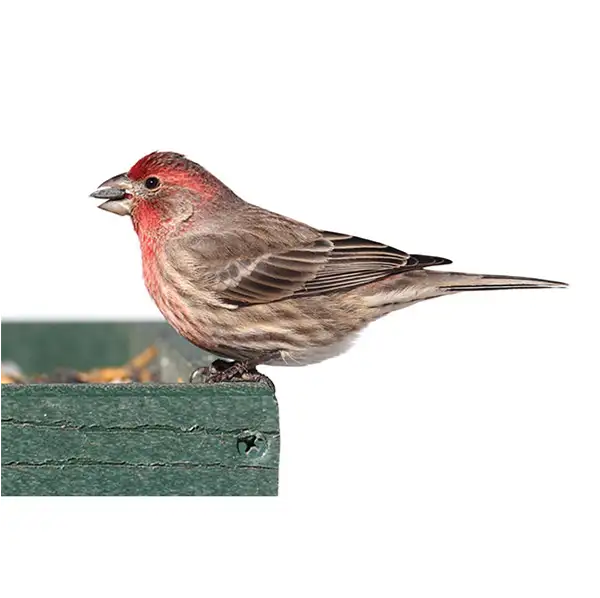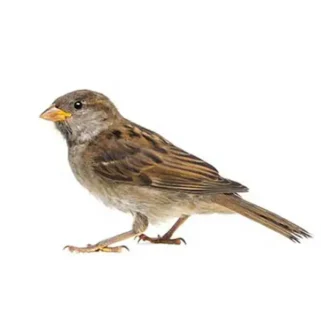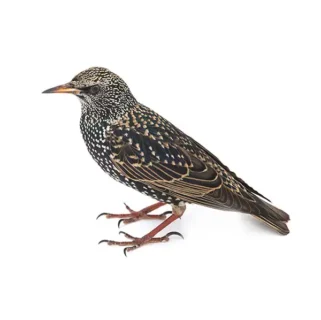
House Finches in Kailua Kona
House finches typically breed between March and August, with a breeding pair having three to six clutches of eggs during the summer. The females construct shallow, cup-shaped nests in shrubs, eaves, tree cavities, buildings, hanging plants, and tree branches. Both parents participate in caring for the young, which fledge the nest within 12-19 days. The male continues to provide food for the fledglings for about two weeks while the female builds a new nest and begins the process of raising the next brood. Once independent, young house finches join large flocks and can breed in the following spring.
House Finch Habitat
House finches are commonly found in close proximity to humans, including city parks, urban centers, residential backyards, farms, and forest edges. These social and outgoing birds often form noisy groups that are hard to miss. They often feed on the ground, visit bird feeders, or perch high in nearby trees.
House Finch Behaviors, Threats, or Dangers
House finches normally prefer to live outside but often construct nests in indoor spaces such as chimneys, attics, garages, and dryer vents that provide favorable conditions for nesting. These birds have a strong affinity for seeds and fruits and can cause notable damage to fruit trees and shrubs in your yard while foraging. Additionally, they are messy birds, leaving droppings and scattered nesting debris across your property. The primary issues caused by house finches are due to their foraging behaviors, which involve pecking at ripening fruit, eating plant seeds, and feasting on budding blossoms and flowers, often frustrating gardeners. It’s important to note that house finches are protected under the Federal Migratory Bird Treaty Act as migratory, non-game birds. Contact your local bird removal experts for more information.
Need help with House Finch control?
Need Pest Control Service?
Leave your information below and we’ll be in touch with a FREE quote!
"*" indicates required fields
*During normal business hours. After hours calls will be returned the next business day.



